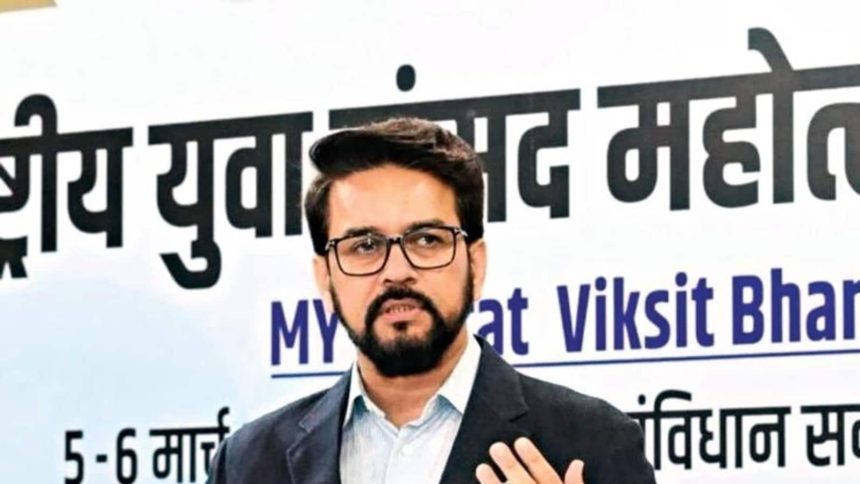In a landmark move aimed at fostering inclusivity in cinema viewing, the Indian government has taken a significant step towards ensuring accessibility for all, with a special focus on the needs of Divyangjan. And the industry experts are happy about the positive change.
These accessibility standards encompass a range of features, including ensuring accessibility for persons with hearing and visual impairments. Through a tweet Union Minister Information and Broadcasting Minister Anurag Thakur announced that several steps will be taken to give special attention to opportunity and accessibility for the specially disabled with an aim to “establish a robust foundation for accessible feature film content and theatre infrastructure, fostering greater inclusion”.
“The key features of these accessibility standards are :Ensuring Accessibility of films to Persons with Hearing and Visual Impairment; Global best practices to prescribe the accessibility needed by persons with Hearing and Visual Impairment; At least one accessibility feature each for the hearing impaired and visually impaired, i.e. AD & CC/OC; ‘Closed captioning’: by which both the audio dialogue and sound representations of a film are made visible; Indian Sign Language interpretation by interpreters must be provided in a picture-in-picture mode,” read the tweet.
Praising the move, actor Vani Tripathi Tikoo says, “People with special needs have always been at the lowest ebb of entertainment because there are not enough ramps… Visually impaired people don’t have access to theatres. There is nothing done for them…Now, this move by the government is a landmark one”.
“Entertainment should not be a monolith of people who are hale and hearty. Art should be all inclusive. It should be wholesome entertainment… It is a huge step forward… It is a clarion call for all sections of society and the entertainment sector,” she adds.
According to film exhibitor Akshaye Rathi, it is an encouraging and progressive step. “Now, we need to figure the nitty and gritty and waiting how the technology is implemented. It needs to be done in a feasible manner when the experience becomes inclusive without disturbing or disrupting the experience for everybody else. It has to be cost effective cinema, and reach the grassroot level too. Every cinema will be happy to do that,” he says.
In fact, the cinema sector is happy with the move, and are preparing to implement it.
Devang Sampat, CEO, Cinepolis, shares, “This significant step towards making films accessible to persons with hearing and visual impairments not only aligns with global best practices but also resonates with our commitment to providing an exceptional movie-going experience to all segments of the population”.
“Certain important aspects which multiplex brands will have to work towards in order to assist implementation include training their staff for inclusivity to ensure they are equipped to assist and welcome visitors with hearing and visual impairments, community engagement to create awareness around these initiatives and have a mechanism to receive regular feedback and refine the offerings. We are committed to implementing these guidelines across our cinemas pan India, ensuring that every individual, regardless of their physical abilities, can share in the magic of movies. This initiative not only broadens our audience base but also strengthens our societal fabric by embracing diversity and inclusion,” he shares.
To this, Kamal Gianchandani, CEO of PVR Pictures and president of The Multiplex Association of India (MAI), adds, “We support the government’s views on the matter, and we are happy to be in a position where we can make cinema viewing an inclusive experience. We would be committed to improve the sector for specially abled people and audiences”.












